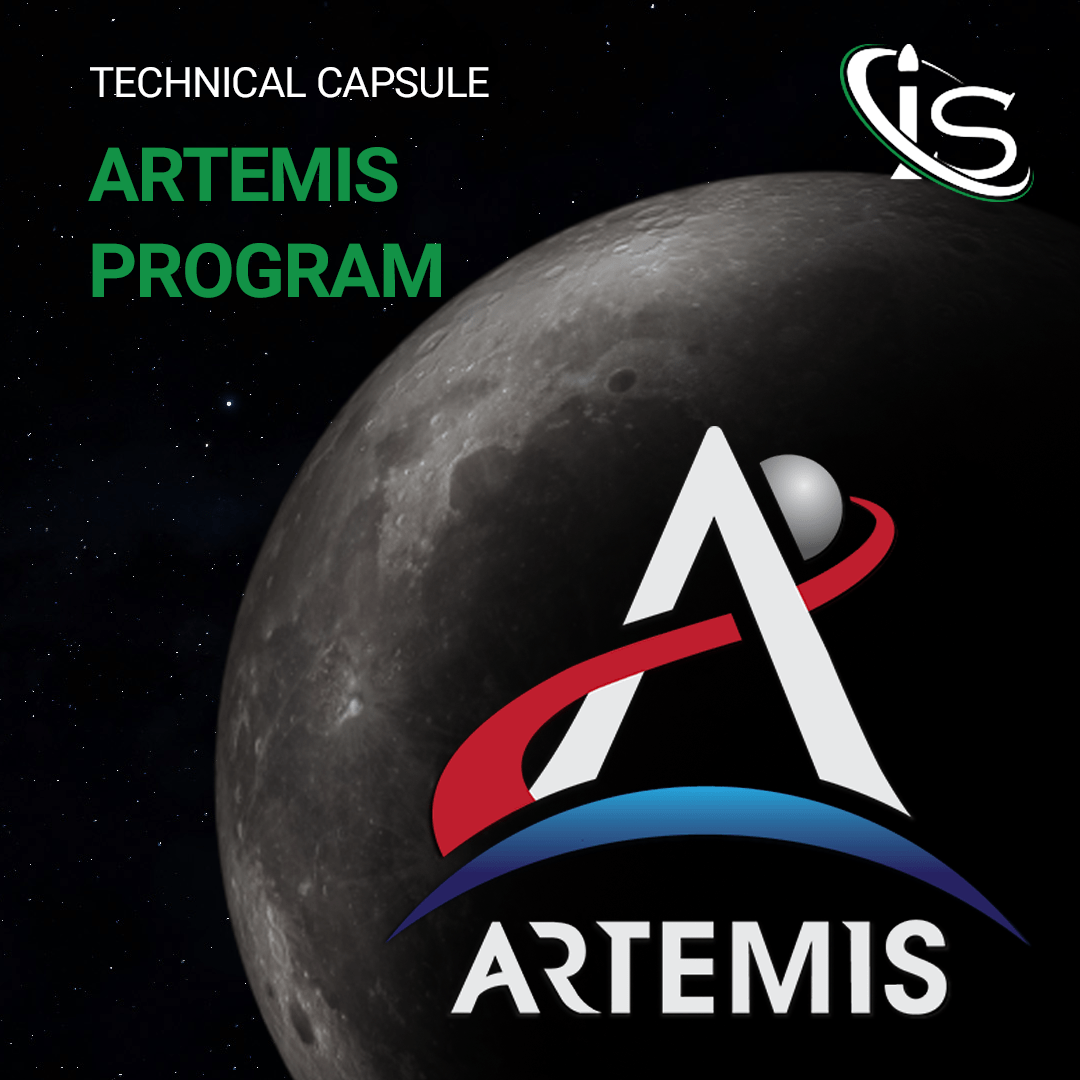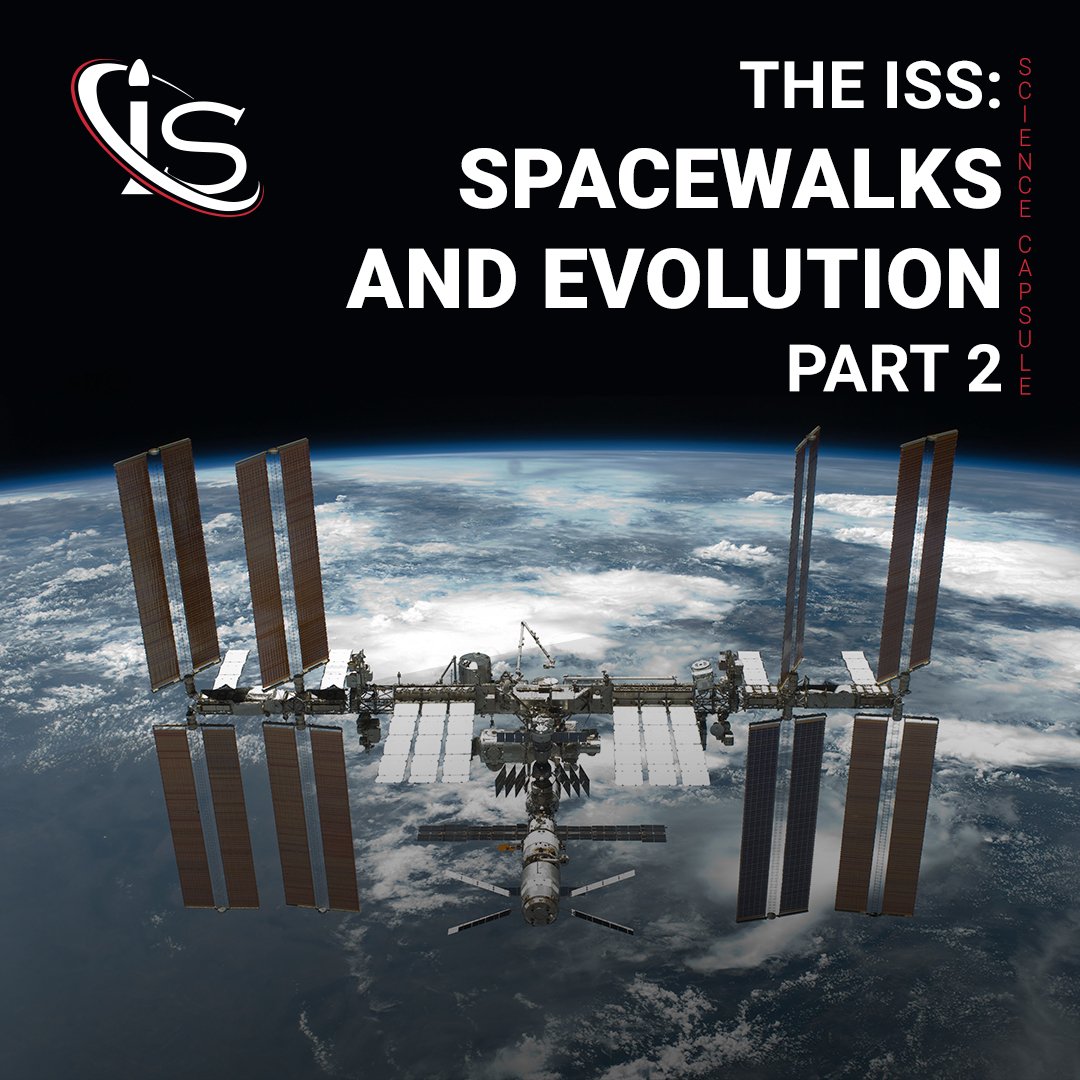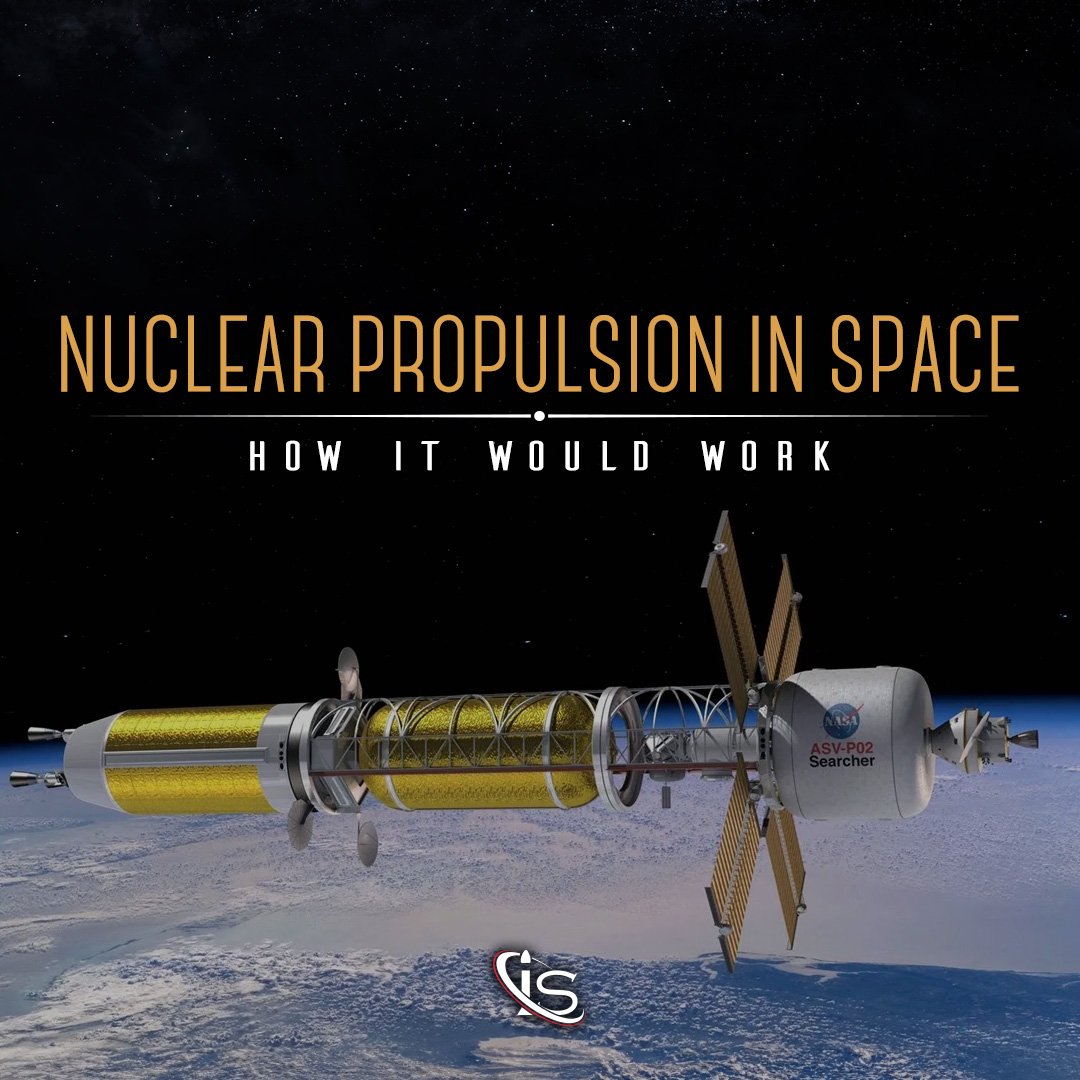Welcome to another capsule exploring one of the machines that has defined space exploration. After the two-article dive into Hubble, it is time to delve into the International Space Station, commonly referred to as ISS. With decades of this spacecraft being up in the skies, there is a lot to unpack. Once again, the delving into this one-of-a-kind facility will be split into two parts. The first will explore its birth and some of the essential elements to operating the ISS, while the second will focus on its evolution and accomplishments throughout the years. And now, without further ado, it is time to discuss the key to a lot of modern space exploration.
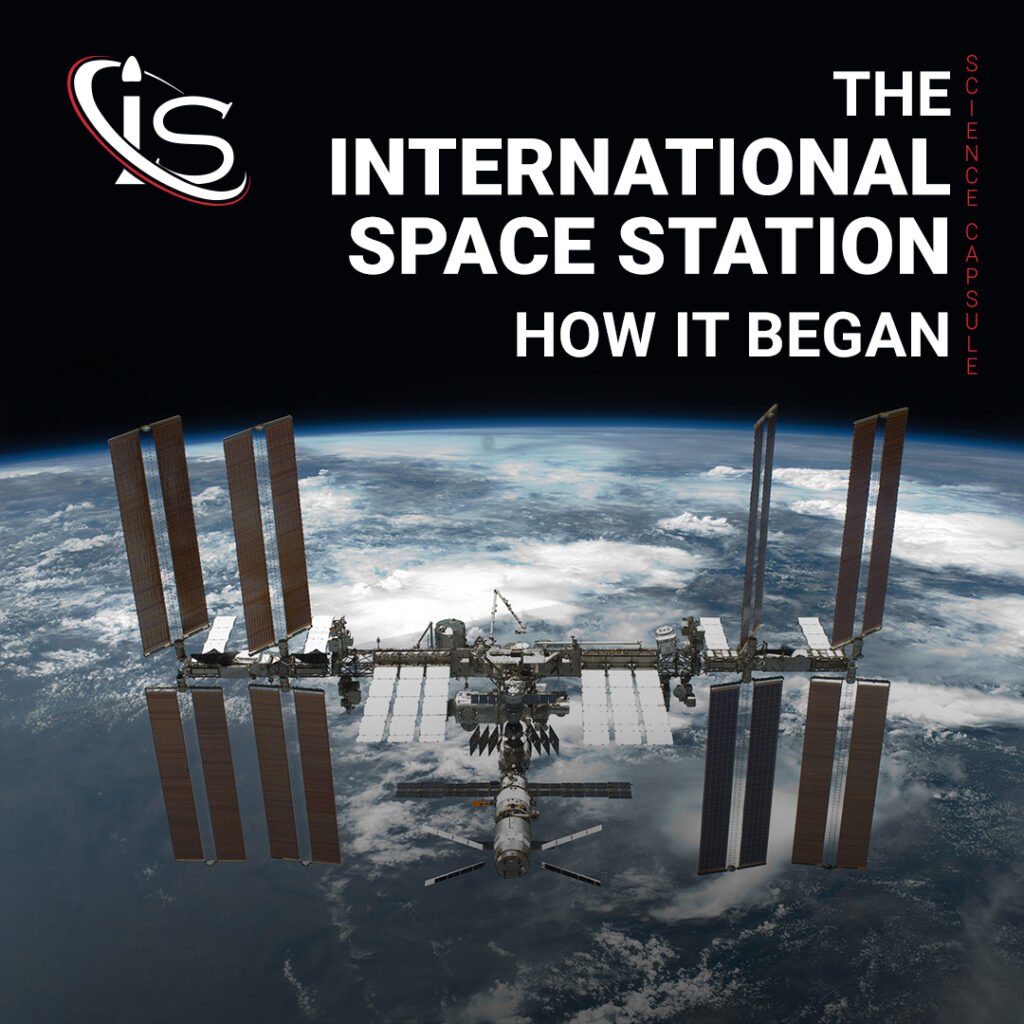
The ISS Origins
Even though it would not be until 1998 that construction began, the ISS can trace its origins back to 1984, during the Reagan administration. Given the gargantuan nature of this undertaking, NASA began looking for international partners in this endeavor. And it did not take long for interested parties to join this project. In fact, soon after the announcement of this never-before-seen enterprise, many ESA nations, Japan, and Canada all decided to join.
The next step was one of the most crucial: designing the International Space Station. Spanning a period of nearly 10 years, the ISS’s design was in the works from 1984 to 1993. Furthermore, as early as the 1980’s, parts of the space station were starting to be built across the US, Canada, Japan, and the participating European countries. Then, after the end of the Cold War and fall of the Soviet Union, Russia was invited to participate in the project in 1993.
From this point, the ISS project was broken down into two phases. Phase 1 would involve the US sending crewed space shuttles to the Russian Mir Orbital Station. Phase 2, on the other hand, was to be the true beginning of the ISS, with all the participating nations contributing astronauts and/or station elements. With the general outline laid out, let’s take a closer look at each phase.
Phase 1, NASA-Mir
As we just alluded to, this phase consisted in sending astronauts and spacecrafts to Mir to further enhance it. In particular, NASA’s Space Shuttle visited Mir 11 times and docked on the orbital station all but the first time. There were also two new Russian models added to Mir during this time, Spektr and Priroda. These would go on to host several US astronauts and even more US payloads.
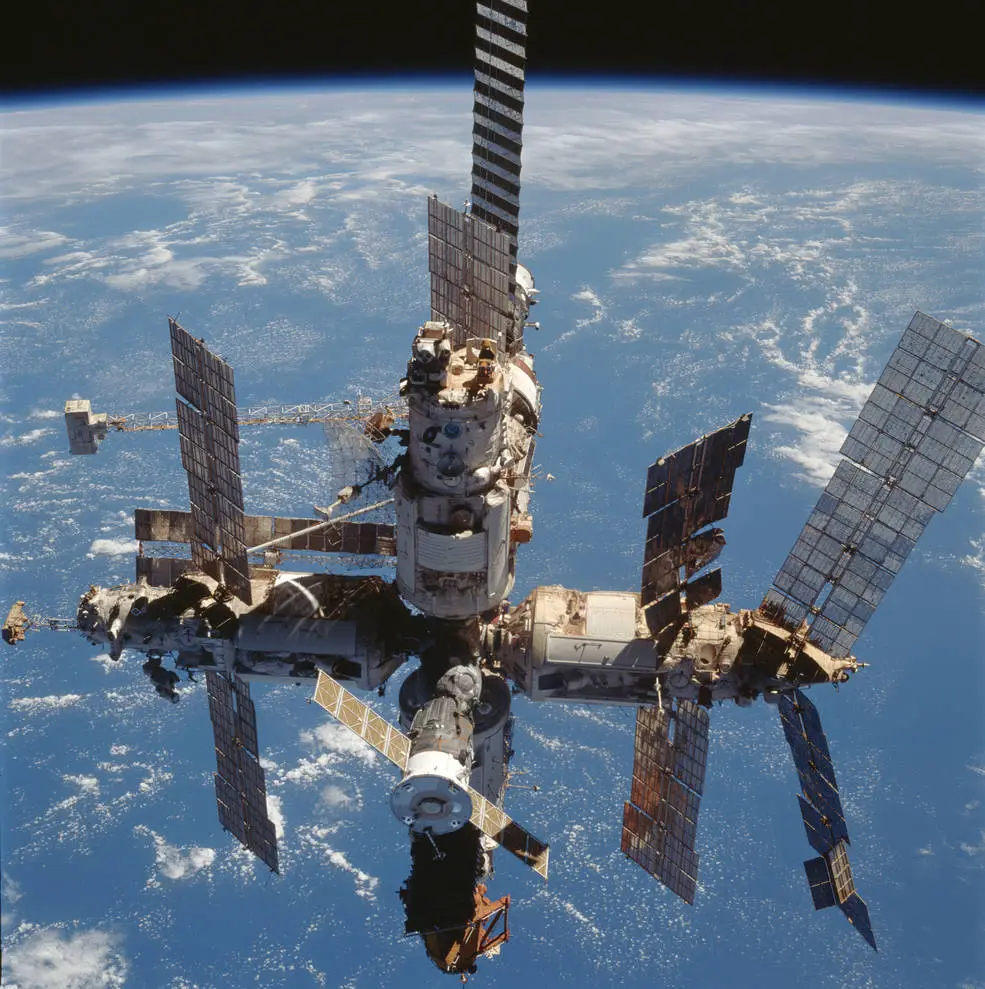
Phase 2, the ISS
Now, it is time to discuss the actual beginning of the ISS. First, we have the 5 agencies involved in running the station: NASA, ESA, JAXA, CSA, and Roscosmos. Of course, the fact that they are operated from so many different parts of the world is what makes this space station an international one. Furthermore, each agency is responsible for the running of the hardware it provides. While the participants all have different goals for and approaches to this endeavor, there are some shared objectives, as well.
Gaining knowledge through the space station for the fields of biology, physiology, and physical and material sciences is a goal every agency has in some form. Same applies to the desire to have the ISS function as an educational platform that will inspire future generations of scientists and astronauts. This project is, also, a very important human accomplishment, being one of the first enterprises of this scale to be completely interdependent on various places on Earth. After all, without each agency doing its part, the ISS would have stopped functioning long ago. However, that is a topic best left for part 2 of our dive into this incredible spacecraft. For now, let’s focus on the origins of the ISS.
Building the ISS
The first space station concepts can actually be traced back to the 1950s. In fact, the US Army Project Horizon was going to consist of a station in orbit that could be used for refueling and hosting astronauts on their way to the Moon. However, it would not be until the 1960s that the concepts for a space station would start to get ironed out. This eventually led to Skylab — the first American space station — which launched in 1973. As for the first space station ever, the honor goes to the Soviet Union’s Salyut, launched in 1971.
Piecing It All Together
Fast forwarding to the assembly of the ISS, there are a couple of key differences to highlight compared to these other stations. The first, and most obvious one, is that the ISS was built as a collaboration between countries. Therefore, each country would develop and produce the piece they were in charge of. All of these individual components were, then, sent out into space. This meant that the actual assembly of the ISS all happened in Earth’s orbit. Not only that, but ever since its construction, the ISS has become the largest manmade object to ever orbit Earth.
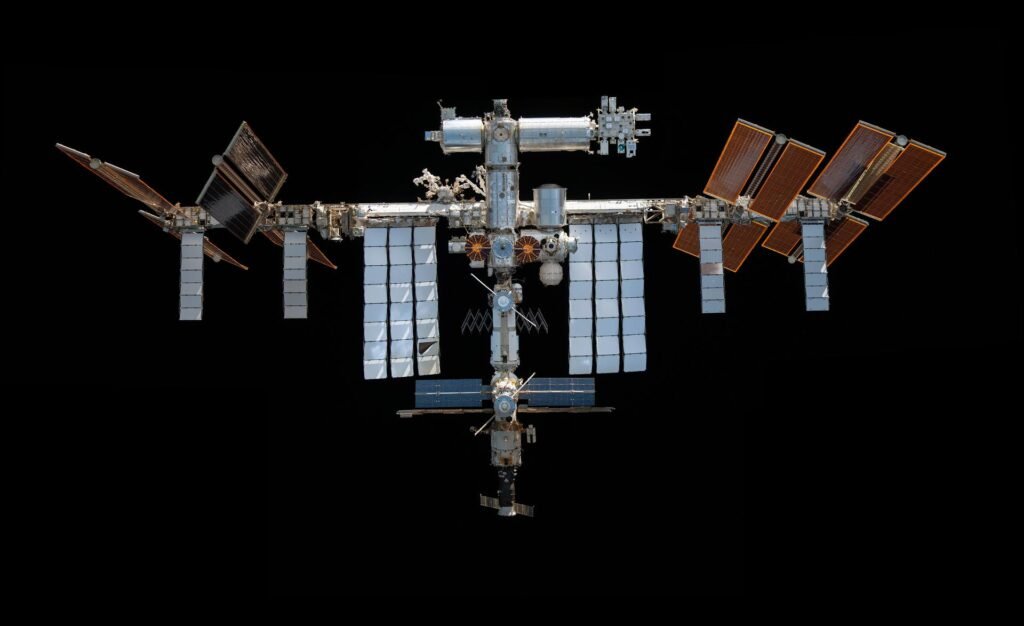
The station’s altitude oscillates between 370 and 460 km (200-250 mi) due to atmospheric friction continually causing it to fall towards Earth. Because of this, the ISS’s rockets have to periodically boost its orbit. And, for anyone curious, its orbital inclination is 51.6o.
The construction for this gargantuan spacecraft required a total of 36 Space Shuttle flights and 6 Proton and Soyuz launches. However, more launches are still being performed to add any new modules that are to become part of this station. And there are even more vehicles being used to maintain the ISS, outside of the ones that add new components to it. These include, the Space Shuttle, Russian Progress and Soyuz, European Automated Transfer Vehicle (ATV), and Japanese H-II Transfer Vehicle (HTV). There also commercial vehicles involved, such as Starliner, Dragon, and Cygnus.
Some Numbers
Just to give an idea of the massive undertaking that the ISS truly was (and is), here are some numbers behind it. Note that these are not necessarily constant, as maintenance and the additions of new modules could change them.
| Mass | 400,000 kg (900,000 lbs) |
| Volume | 900 m3 (31,000 ft3) |
| Station Area | 109×51 m (358×168 ft) |
| Solar Arrays Area | 2,247 m2 (24,187 ft2) |
| Power from Solar Arrays | 735,000 kw-hours per year |
But this will about do it for part 1 of the ISS capsules. I hope you enjoyed exploring the origins of one of the greatest achievements of both the space industry and international collaboration. Join us next week to go into greater detail about how the ISS is constantly updated and maintained. “See you” all then, right here, at impulso.space.
